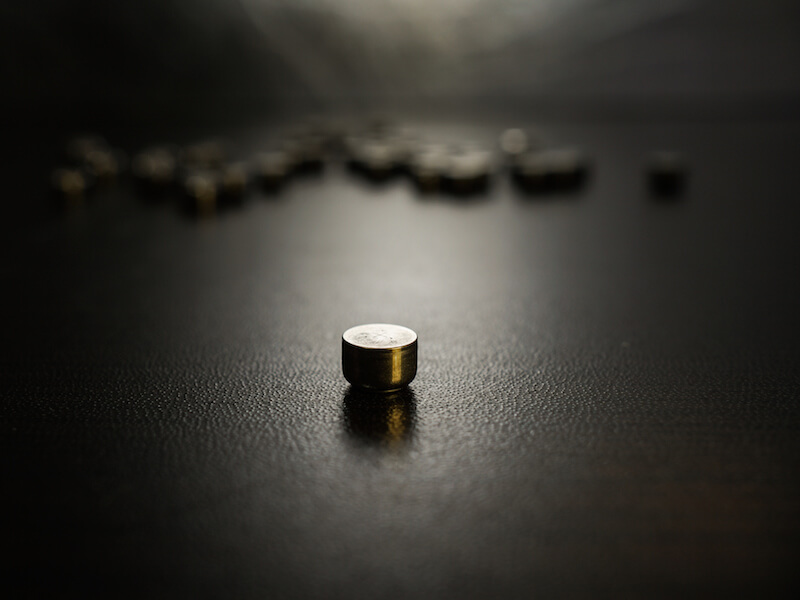
From phones to cameras to music players, how we power our electronics has evolved. For decades, people looking to manage hearing loss have hoped for a similar advancement, and the industry is finally realizing the promise of a robust rechargeable hearing aid battery.
Size 312 batteries are the most common of the disposable batteries that have typically been used to power hearing aids. Nowadays, the most prominent version of these batteries is generally known as a “zinc-air” battery.
The Drawback to Disposable Hearing Aid Batteries
The presence of air impacts a zinc-air battery, as the name suggests. The user has to pull a little tab off the back of a 312 zinc-air battery in order to activate it.
They will begin draining power the moment they are completely oxygenated. So the power is draining even if the user isn’t currently using it.
The biggest disadvantage to disposable batteries, for the majority of users, is how short they last. With 312 batteries, the user may be replacing the batteries in their hearing aids around 120 times per year because they die in 3 to 12 days according to some reports.
Because of this, besides having to purchase 120 batteries, the user will need to switch and properly dispose of batteries at least twice a week. That’s most likely over $100 in batteries from a cost perspective alone.
Rechargeable battery Advancements
Rechargeable hearing aid technology has advanced to the point where it’s now a practical option and that’s good news for people who wear hearing aids.
Studies have demonstrated that most people overwhelmingly prefer to wear rechargeable hearing aids. Until recently these models have traditionally struggled to give a long enough charge to make them worthwhile. But modern rechargeable batteries will last all day without requiring a recharge.
Rechargeable batteries won’t save users substantial amounts of money, but they will improve their quality of life.
On top of supplying 24 hours of charge time, these new models result in less frustration for the user, since there’s no more swapping and correctly disposing of batteries. They just need to place the battery on the charger.
When a disposable battery nears the end of its life it doesn’t run your hearing aid at full capacity. There’s also no real way to know how near to being inoperable the battery actually is. Consequently, users chance putting themselves in a situation where their battery may die at a critical time. A dead battery will not only lead to a safety concern, it could cause the user to miss out on key life moments.
Hearing Aids Come in Different Types
There are distinct benefits to each of the different materials that rechargeable batteries are constructed from. Integrated lithium-ion batteries are one alternative being used by manufacturers because they can hold a charge for 24 hours. And smart-phones are powered by this same kind of battery which may be surprising.
Silver-zinc technology is another material used for modern rechargeable hearing aids. This revolutionary approach was initially developed for NASA’s Apollo missions to the moon. You can even use this technology to modify and retrofit the existing hearing aids you’re comfortable with by converting the device to rechargeable power. These batteries, like lithium-ion, will also last all day before needing to be recharged.
There are also models that let you recharge the hearing aid without removing the battery at all. For these, users will place the entire hearing aid on a charging station when they sleep or at another time when the hearing aid isn’t in use.
Whichever solution you choose, rechargeable batteries will be substantially better than disposable batteries. You just have to do some research to decide which option is best for your needs.
Take a look at our hearing aid section if you’re looking for more information about what battery would be best for you or any other info about hearing aids.
